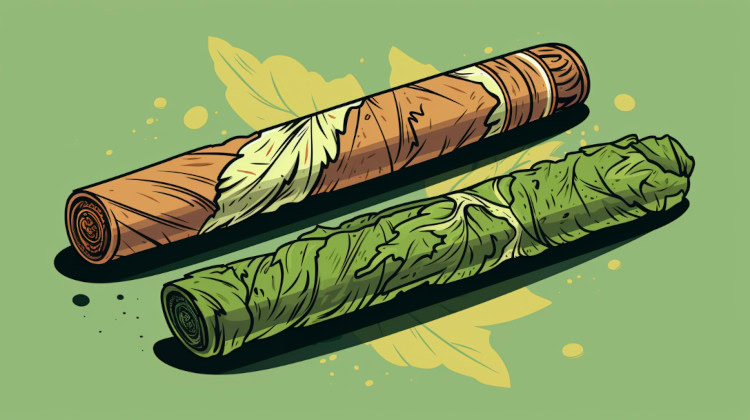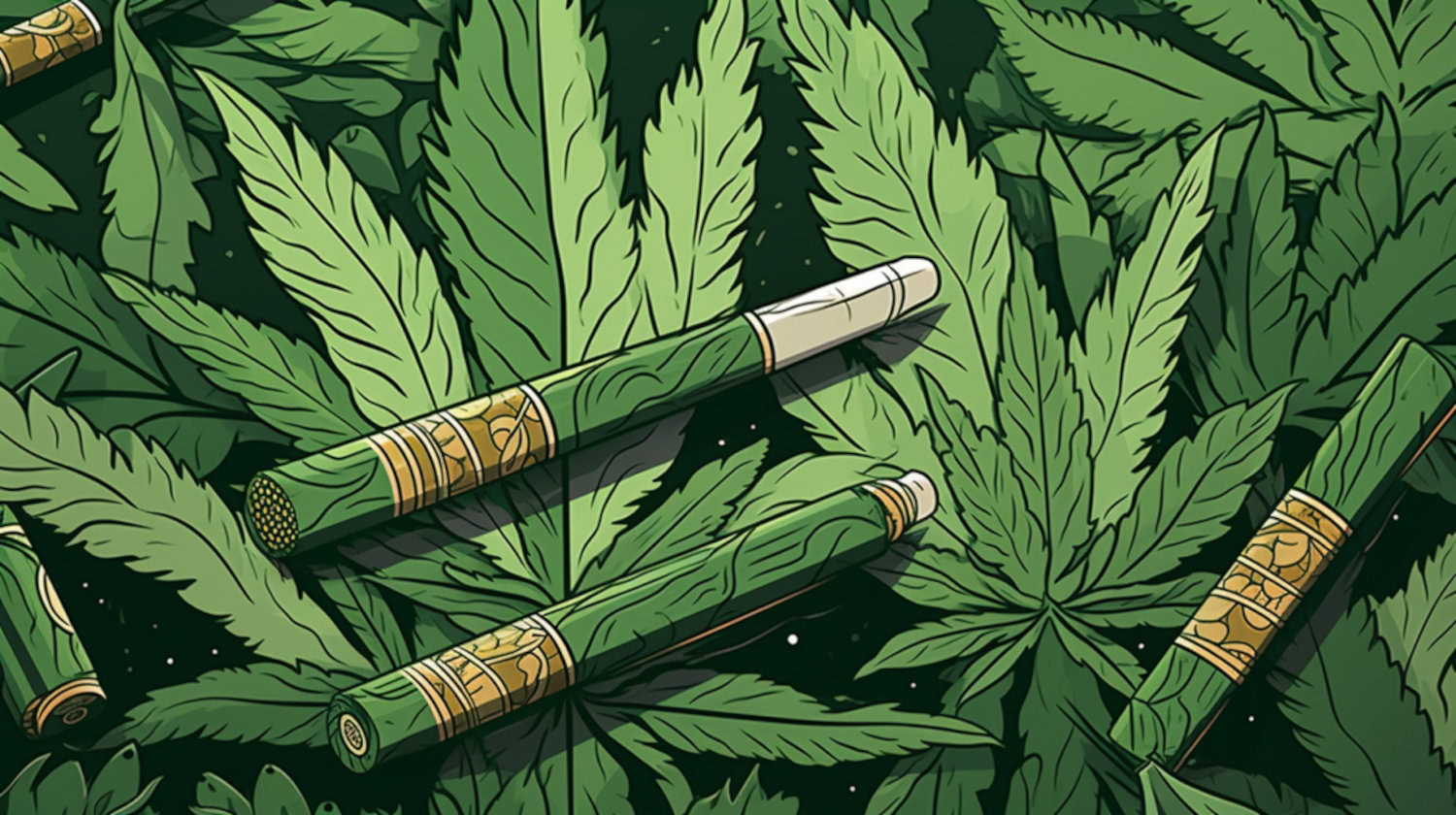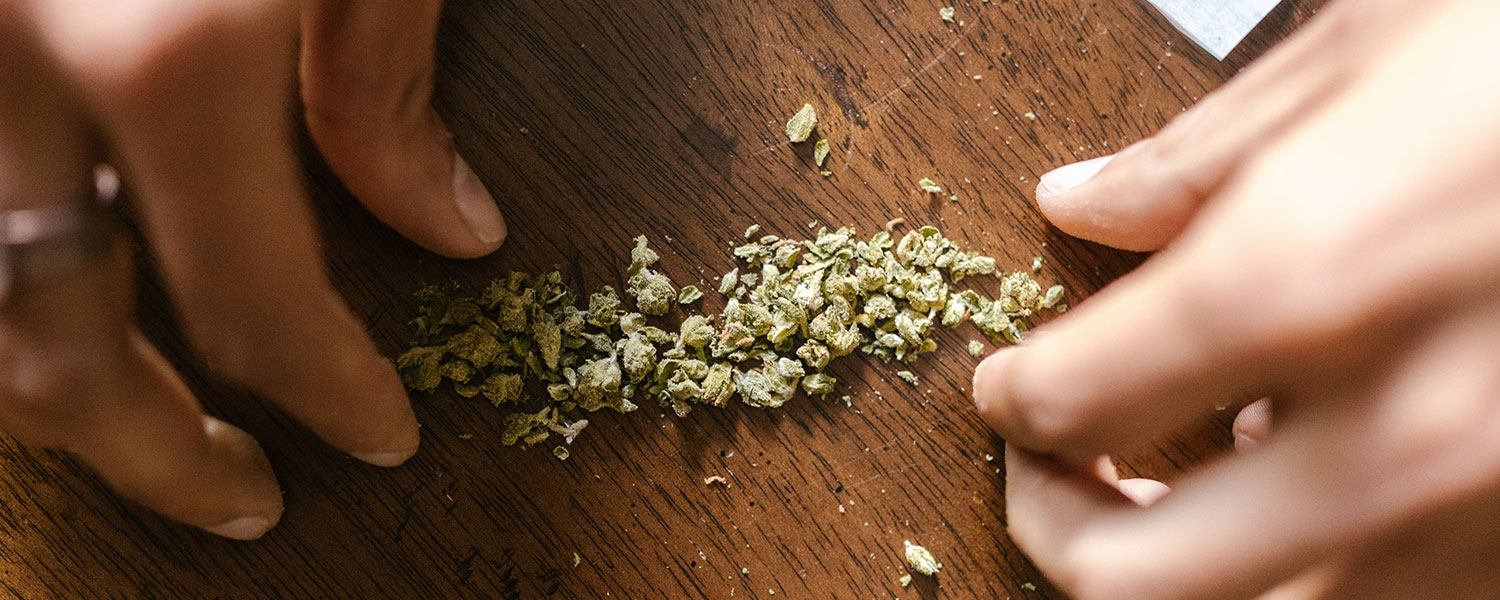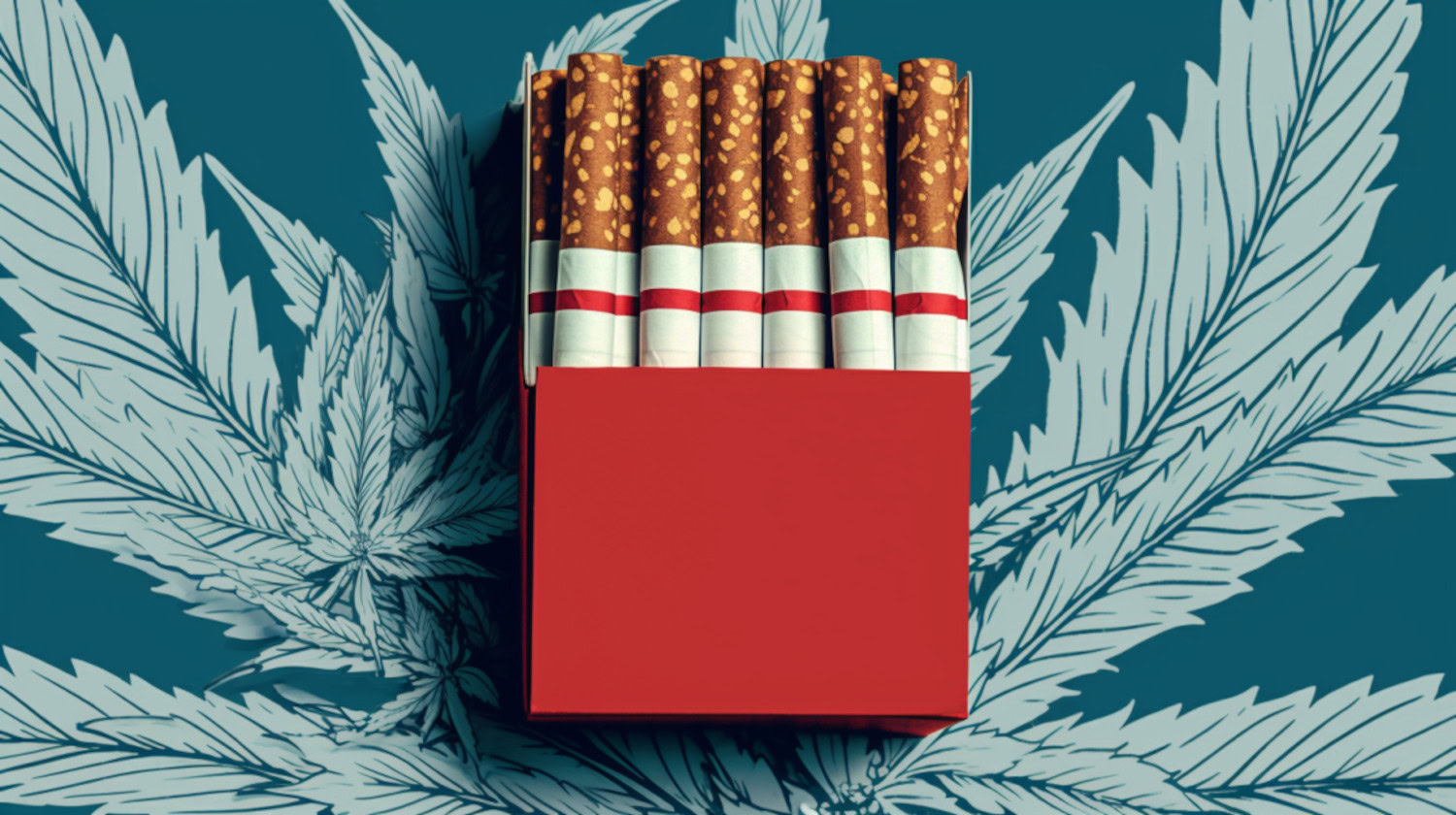In addition to its potential health benefits, cannabis’ continued popularity is likely attributable to its wide variety of consumption methods.
From the classic hand-rolled option to a more communal or high-potency hit from a bong, cannabis users have several methods to choose from. One of the smoking options is the weed cigar, also known as a cannagar. Known for its large amount of cannabis flower, high potency, and prolonged burning, weed cigars are beloved for their increased potency, high shareability, and overall effects.
As part of the blunt family, cannagars embrace traditional techniques and sophisticated cannabis oil to create a higher-end, hard-to-find product.
What is a Cannagar?
Based on its name, one may think a cannagar closely resembles a blunt, which uses a cigar wrapper and replaces the tobacco contents with cannabis flower. While the assumption sounds plausible, weed cigars contain zero tobacco. Instead, cannagars contain cannabis flower, oil, and hemp wick.
While technically optional, cannagars immensely benefit from concentrated oil, which boosts potency and increases the binding of the wrap. Some users roll their cannagar wraps in kief for additional potency.
Rather than a cigar wrap, like a Swisher Sweets, cannagar wraps are made from hemp or cannabis fan leaves, which are then filled with cannabis flower. The flower is packed and compressed around a wooden skewer so that a hollow core is created to aid in the airflow and burning of the weed cigar. Once filled, the cigar is bound together and held in place by a hemp wick.
Despite some calling the cannagar a modern take on cannabis smoking, it closely resembles the long-practiced form of pot smoking known as the Thai Stick. This method has existed for ages, establishing roots in the US scene in the 1970s. While hemp or cannabis leaves are typically used as a cannagar wrap, Thai Sticks have been known to be wrapped in a variety of different leaves.
How are Cannagars Different From Blunts?

It is easy to associate cannagars with blunts, as they both are packed with a large amount of ground flower. While they share similar contents, the blunt and cannagar wraps differ significantly.
Blunts are made using traditional cigar or cigarillo wraps, like Swisher Sweets, Backwoods, Phillies, and other options found at local convenience stores or gas stations. A cannagar does not use a cigar wrap despite its name. While it may look like a cigar in shape, a cannagar uses hemp or cannabis fan leaves, along with extracted oil and hemp wick, to bind it all together.
Besides the type of wrap, the primary difference between blunts and cannagars is that blunts provide a combination of tobacco and cannabis effects.
Additional critical differences include a cannagar’s smoother airflow compared to a blunt's often harsh hits. This benefit is attributed to the removal of tobacco and its harmful toxins and the weed cigar's hollow core of the weed cigar made by the skewer.
Advantages and Disadvantages of Weed Cigars
Weed cigars are standout smoking options for a variety of reasons. While it may not be suitable for every newcomer might experience cannabis cigars pique the interest of many for several reasons, including:
- Cannagars are often considered an ‘elevated’ smoking experience, offering a unique twist from standard joints, spliffs, blunts, and other smoking options.
- They mirror the cigar-smoking experience without any tobacco.
- Weed cigars create a prolonged, slow burn, which can be enjoyed by one or many over an extended time.
- Finding a weed cigar at many stores can be challenging, adding to its rarity.
Often enjoyable, weed cigars can present drawbacks you should be aware of:
- Finding a weed cigar at a dispensary can be rare, meaning you may need to spend some time learning how to make your own.
- The DIY process can take hours, if not longer, which often includes curing the cannagar wrap overnight or up to a week.
- Cannabis cigars can be a pricey option when purchased from a licensed shop, with some running for more than $120 per piece.
- Cannagars require a large amount of cannabis, making them less than ideal for anyone looking to stretch their cannabis supply over a prolonged period.
How to Roll a Weed Cigar

The process of making a cannabis cigar can be daunting but rewarding when completed correctly. Gather the following supplies:
- Cannagar wrappers (hemp or cannabis fan leaves)
- Hemp wick
- Cannabis flower
- Skewer
- Grinder (Optional)
- Rolling tray (Optional)
- Concentrated cannabis oil (Optional)
- Cannagar roller (Optional)
- Cannagar mold (Optional)
Note that each optional item is heavily suggested, as they can make the process much easier and cleaner. For example, a cannagar roller may be unnecessary if you prefer to hand roll. However, these devices are ideal for newcomers or anyone looking for a more perfect roll.
The below steps involve a bit of modern technology mixed with traditional methods:
- Grind Your Flower: Grind your desired amount of cannabis flower until it is evenly broken down but not too fine.
- Prepare the Core: Compress and form the ground cannabis into a cigar shape with a holed core. This can be created by hand and using a skewer. However, most homemade cannagar makers will opt for a mold and skewer, which allows the shape to be assembled much more efficiently.
- Coat the Core with Concentrates: Coat the core in a concentrated oil, ensuring the contents stick to the cannagar wrapper. While concentrated oil is optional, skipping it at this step drastically reduces, if not entirely eliminates, the chances of your cannabis cigar binding and holding together.
- Wrap with Leaves: Wrap your cannagar wrap around the sticky core in a spiral formation.
- Repeat: Apply another coat of concentrates, then wrap additional leaves to ensure the cannabis cigar is evenly coated and burns for a prolonged period.
- Curing: Once wrapped to satisfaction, place your cannagar in a cool, dark place for several hours to a week to reduce or eliminate chlorophyll and moisture, improving the overall experience of the cannabis cigar.
- Enjoy: Once the curing is complete and the cannagar is ready to consume, remove the skewer and light it with a torch. Puff and draw the smoke into your mouth, like a traditional cigar.
What to Look for When Buying Cannagars
Buying weed cigars requires a bit of attention. Failure to do so increases the risk of spending a good deal of money on a subpar product. When buying a cannabis cigar, evaluate the following before making a purchase:
- Quality of flower (THC potency, cultivation method, overall plant profile, age, etc.)
- Cannagar wrappers used
- Concentrates used (Kief and other concentrates may be added to the extracts already included in the wrap binding)
- Craftwork
- Price
- Reviews
- Packaging and storage methods
Buying from a licensed producer ensures the cannagar is made by state-regulated producers using safe materials regarded for their quality smoking experiences.1 If you aren't sure where to start, take a look at brands like Leira Cannagars, which are regarded for their high-quality cannabis and craftwork.
References
- MacCallum CA, Lo LA, Pistawka CA, Boivin M. A Clinical Framework for Evaluating Cannabis Product Quality and Safety. Cannabis Cannabinoid Res. 2023;8(3):567-574. doi:10.1089/can.2021.0137 ↩︎
The information in this article and any included images or charts are for educational purposes only. This information is neither a substitute for, nor does it replace, professional legal advice or medical advice, diagnosis, or treatment. If you have any concerns or questions about laws, regulations, or your health, you should always consult with an attorney, physician or other licensed professional.




